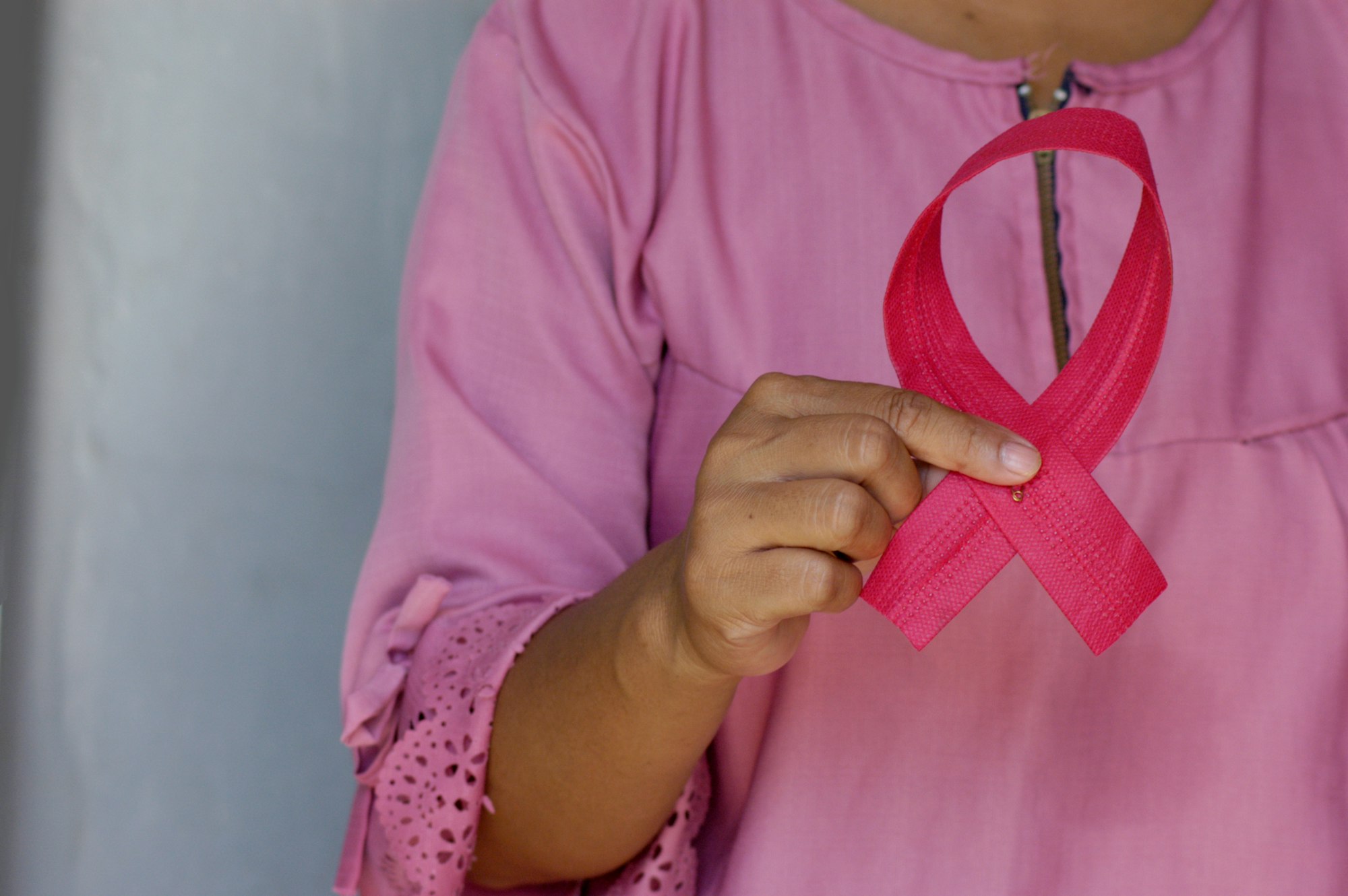Here’s How Women Can Do A Breast Self-Exam And Detect Cancer Early
Breast cancer is by far the most common form of cancer affecting women worldwide. Increase your chances of fighting breast cancer before it spreads through these easy steps for early detection.

Did you know? Breast cancer is by far the most common form of cancer affecting women worldwide and the incidence has been increasing steadily in the past few years. According to a report from the Philippine Star last year, our country has the highest prevalence of breast cancer among 197 countries, with one out of 13 Filipinas developing this illness in her life and it being one of the top causes of death in Filipino women.
The life threatening disease is, for sure, women’s number one enemy. Still, at this point in time, not much is known about what causes the life-threatening disease. But one of the most effective ways to treat it is through early detection. When it is diagnosed as early as possible and women are given the adequate treatment needed before it has advanced into graver stages, there is a better chance of controlling breast cancer and getting cured.
The United States’ National Breast Cancer Foundation, Inc. says mammograms are the best way to discover lumps before they can even be felt. It’s always good practice to get screened regularly, especially if your family has a history of breast cancer. But, aside from that, detection can also be done alone and in the comfort of your homes through regular breast self-examination. Increase your chances of fighting breast cancer before it spreads through these easy steps.

1. Observe
With arms raised above your head, face the mirror and inspect your breasts carefully. Look for any changes in the shape and color — are there any redness, soreness, swelling, dimpling or or bulging of skin? Check if your breasts appear more sore and red than usual too. Pay attention to your nipples too and see if there’s any discharge and if one has changed in position or has become inverted. Afterwards, look out for any of these abnormal changes again, but with your shoulders straight and arms firmly pressed on your hips.
2. Feel for changes
In front of the mirror or while taking a bath, place your arm behind your head. With three of your middle fingers, press down with a light, medium, and firm pressure on your entire breast and armpit area. Check for any lump, thickening, or hardened knots and note anything out of the ordinary. Use a circular motion and follow a pattern to not miss any parts during your breast self-exam. Repeat on your other breast.
Afterwards, do this again lying down, with a pillow placed underneath your shoulder. As the breast tissue spreads evenly, use light, medium pressure once again to feel for any differences and lumps. Squeeze your nipples as well and be wary of any abnormal discharge.

3. Consult a doctor
If you notice any of the aforementioned warning signs in your breast self-exam, don’t panic. Finding lumps or discharges should never be ignored, but it doesn’t always necessarily mean you have breast cancer. In fact, National Breast Cancer Foundation, Inc. says only a small percentage of lumps turn out to be cancerous. Keep your calm and consult your doctor as soon as possible. To schedule an appointment without any hassle, check out SeeYouDoc’s convenient online booking system. The platform allows you to search through thousands of health professionals and filter them based on their specializations and clinic locations. This way, you’ll easily be able to find an doctor near you to properly diagnose and treat your issues.
4. Make it a habit
Regardless if you find any changes or not, make it a point to do the breast self-exam at least once every month. While family histories do increase the risk for the disease, there’s no saying who might contract it. Plus, there have been no conclusive studies yet that can pinpoint at what point in life a woman might get the disease, that’s why frequent monitoring is key to controlling the disease. Being aware of your own body and always keeping guard are what would help you effectively fight this threat.
Sources: WHO, National Breast Cancer Foundation, Inc., Breastcancer.org, Philippine Star1.